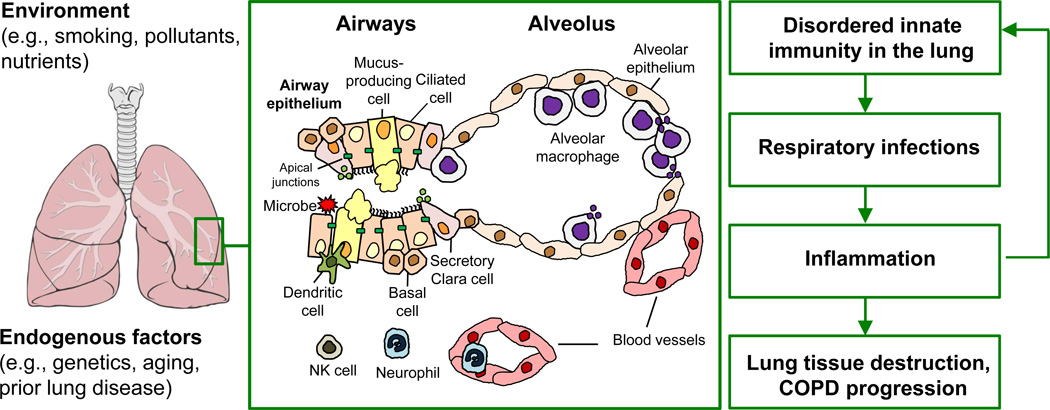Figure 1. The role of disordered innate immunity in COPD pathogenesis.
Various environmental and endogenous factors determine the status of the innate immune system in the lung, which includes the airway epithelial barrier composed of different populations of airway epithelial cells (ciliated, mucus-producing, secretory Clara, basal cells) connected to each other via apical junctions, and host defense cells of the hematopoietic origin such as alveolar macrophages, dendritic cells, neutrophils, and NK cells. Chronic exposure to cigarette smoke and other harmful factors, as well as endogenous processes in the lung such as aging and pathological changes associated with prior diseases can suppress the host defense potential of the innate immune mechanisms in the lung, leading to increased susceptibility to respiratory infections which cause secondary inflammation and, thereby, contribute to lung tissue destruction and progressive decline in lung function in COPD patients. In addition, COPD-associated inflammation and tissue damage further suppress innate immune mechanisms in the lung.

